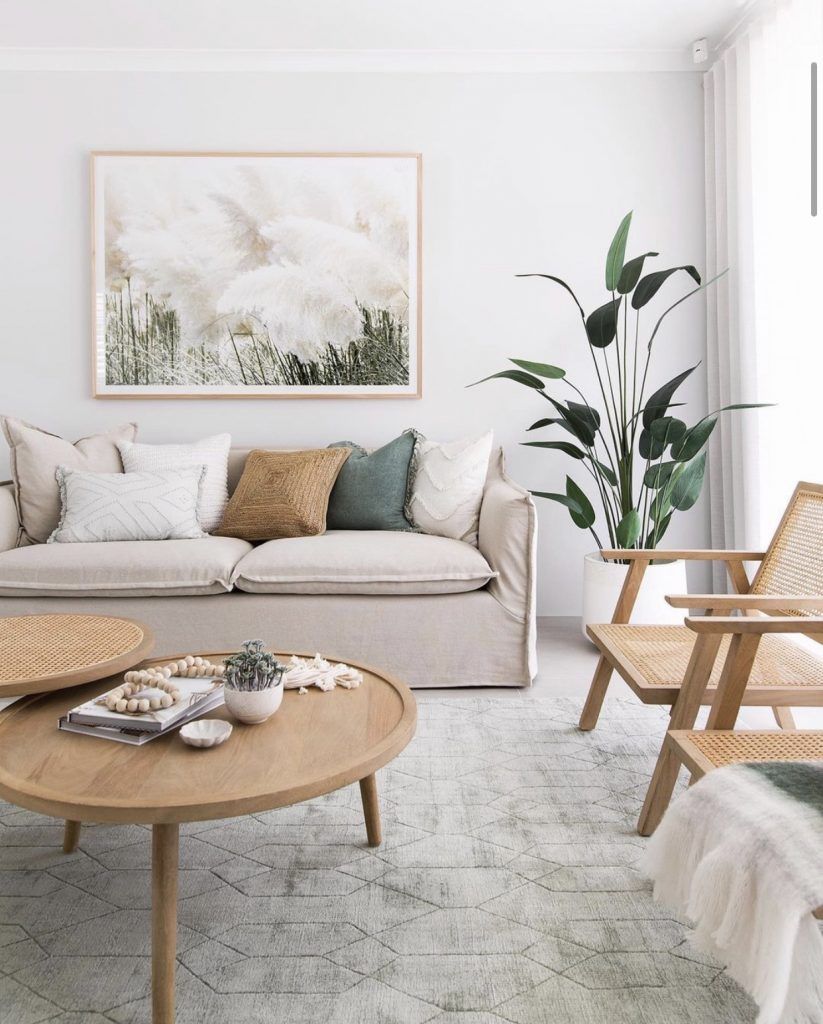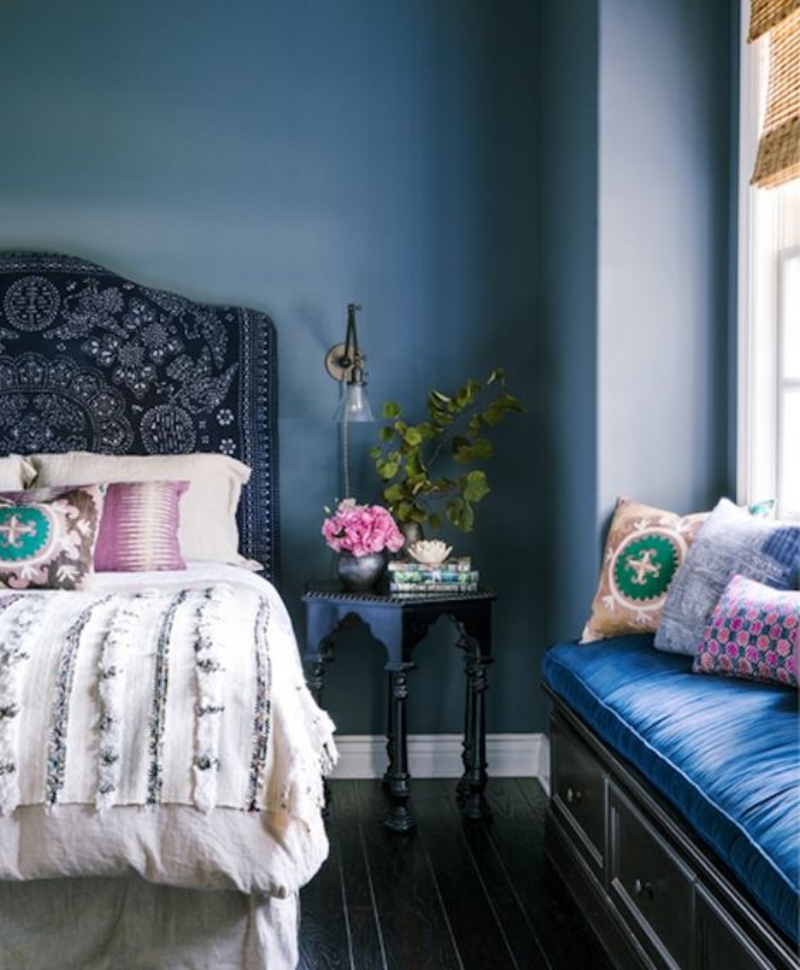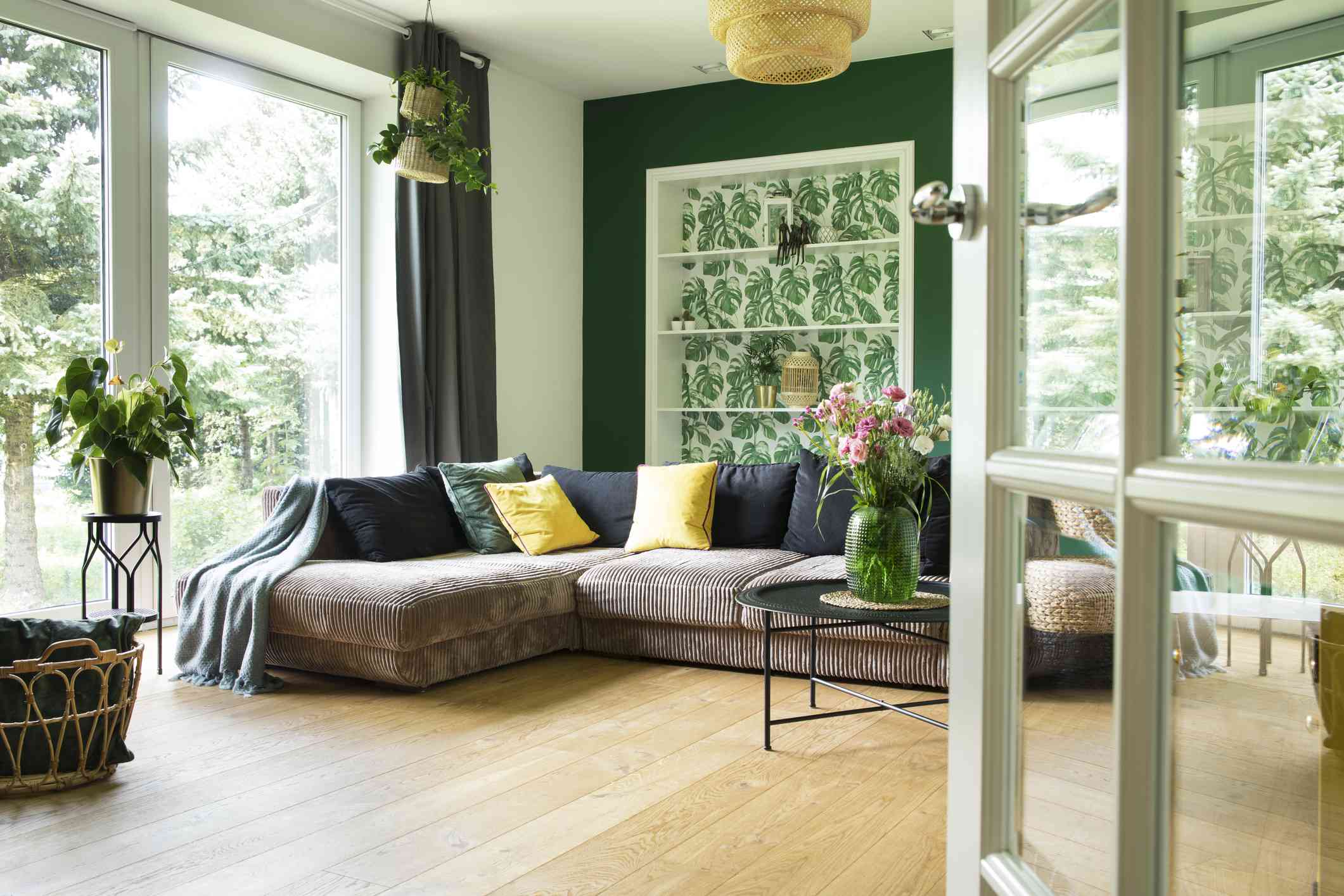
Color is an important part of Feng shui and is linked to a number of Feng shui principles as well as Taoist cosmological schools of thought. When altering the energy of a space, Feng shui practitioners employ a variety of strategies.
Color has a big influence on how we feel, and it’s one of the easiest things to adjust in a room. Playing with color can be an easy, enjoyable, and non-permanent method to change the energy in your house, whether you’re painting a wall, adding new art, or switching out a pillow.
From a feng shui standpoint, there are a few different approaches to color. There are several color systems used in feng shui, including the five elements. Varied colors have different cultural and personal meanings, and it’s vital to think about those factors while selecting colors for your home. If you want to understand more about how to think about color from a feng shui perspective, here are some of the most important colors and their meanings to be aware of.
White

White is a blank slate because it is devoid of color. In the Tai Qi or yin-yang symbol, it represents the yang side. White is connected with winter in many civilizations, which is a dormant period when the earth rests. White is also associated with the metal element, which is associated with mental clarity, production, and completion. It is linked to the feng shui bagua map’s Children section. In your home, try to incorporate all shades of white.
Black

Black is the total of all colors, if white is the absence of color. The yin side of the Tai Qi sign is also this. The color black is connected with gloomy connotations in many cultures, yet in feng shui, it is also associated with depth and inner development.
Water, which is associated with serenity, wisdom, and silent contemplation, is also represented by black. It is linked to the feng shui bagua map’s Career section. Overall, black is a terrific accent color to use in your home to add timeless beauty.
Gray

Gray is a mix of black and white, but it also has its own feng shui bagua map area that can help you connect with people who can aid you in your life. It may be used in almost any home because it is a neutral color.
Blue

The feng shui meaning of blue varies based on the color. Wood is represented with blue and green endeavour, for example. Wood is associated with expansion, vigor, and compassion. The deep dark water element is connected by a deep midnight blue that is almost black.
Certain colors of blue are associated with sorrow in various Asian traditions. Blue is connected with happiness in Buddhism, as exemplified by the lapis lazuli-colored Medicine Buddha. Blue is also linked to the feng shui bagua map’s Family and Knowledge sections.
Green

Green is the color of renewal, new vitality, and regeneration in feng shui. It’s crucial to have at least a few different shades of green when working with the color green to enhance the feng shui energy benefits. It’s a color associated with the family section of the feng shui bagua map. You may incorporate this color into your home with home décor elements, paint, or even a live green houseplant!
Red

Red is the hue that replaces all others in feng shui. In feng shui, it is the most strong color and is regarded very auspicious. Red is frequently utilized to protect and cleanse the energy of a home or a person. Red envelopes are utilized in the Black Sect Feng Shui tradition to honor and protect feng shui consultants and their clients.
Red is also incredibly active and invigorating, and for some people, too much red can be overwhelming. In locations intended to be more relaxed, such as bedrooms, it’s preferable to avoid using a lot of red. A lovely red-toned rug can be a subtle way to introduce the energy of red into your home. The color red is also associated with the fire element and the Fame section of the feng shui bagua map, which is linked to visibility, inspiration, and clarity.
Pink

Pink is a delicate color connected with the Association and Love area of the bagua map in feng shui. It’s a color that promotes self-love, tenderness, and attracts a romantic partnership.






